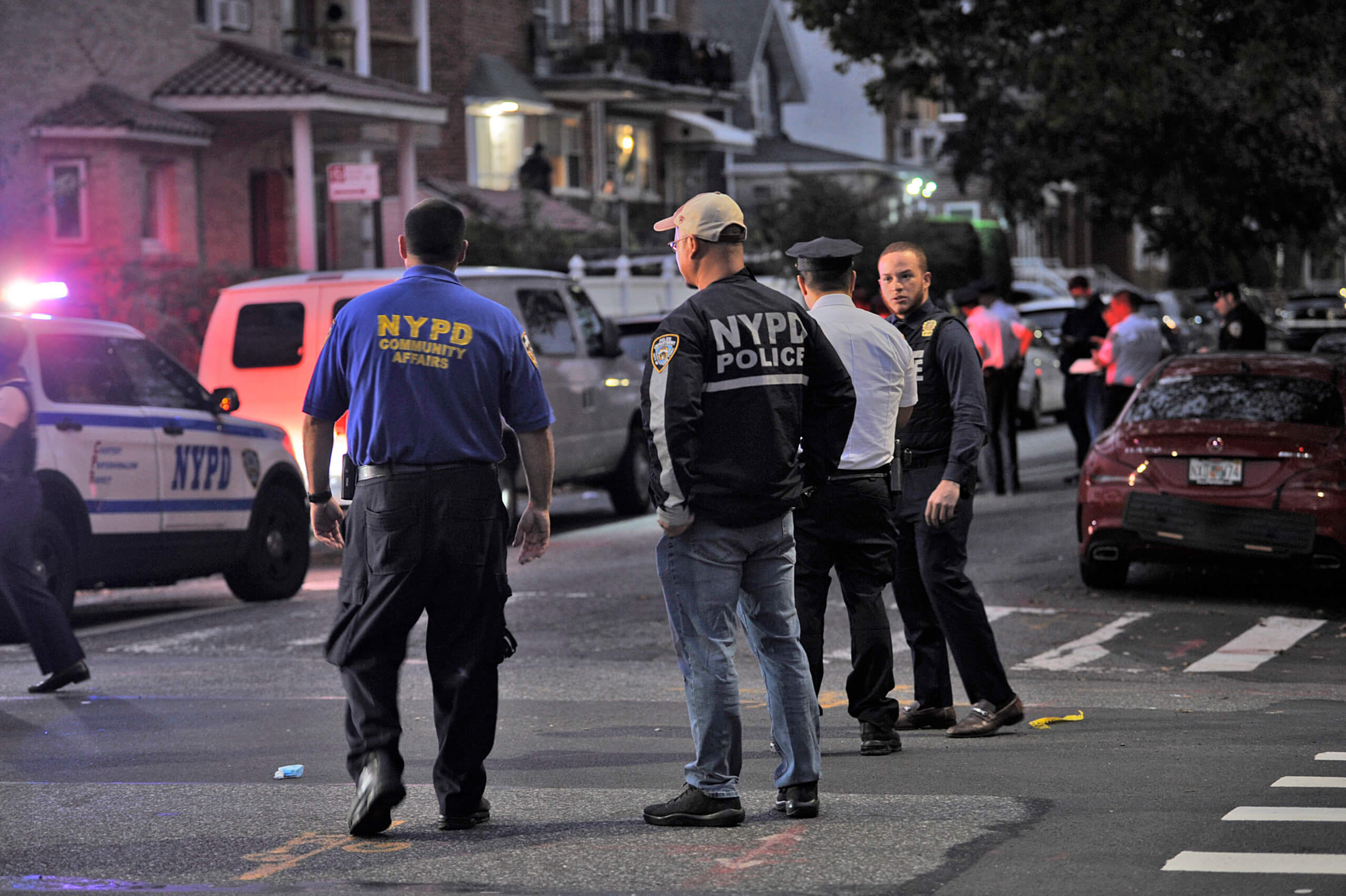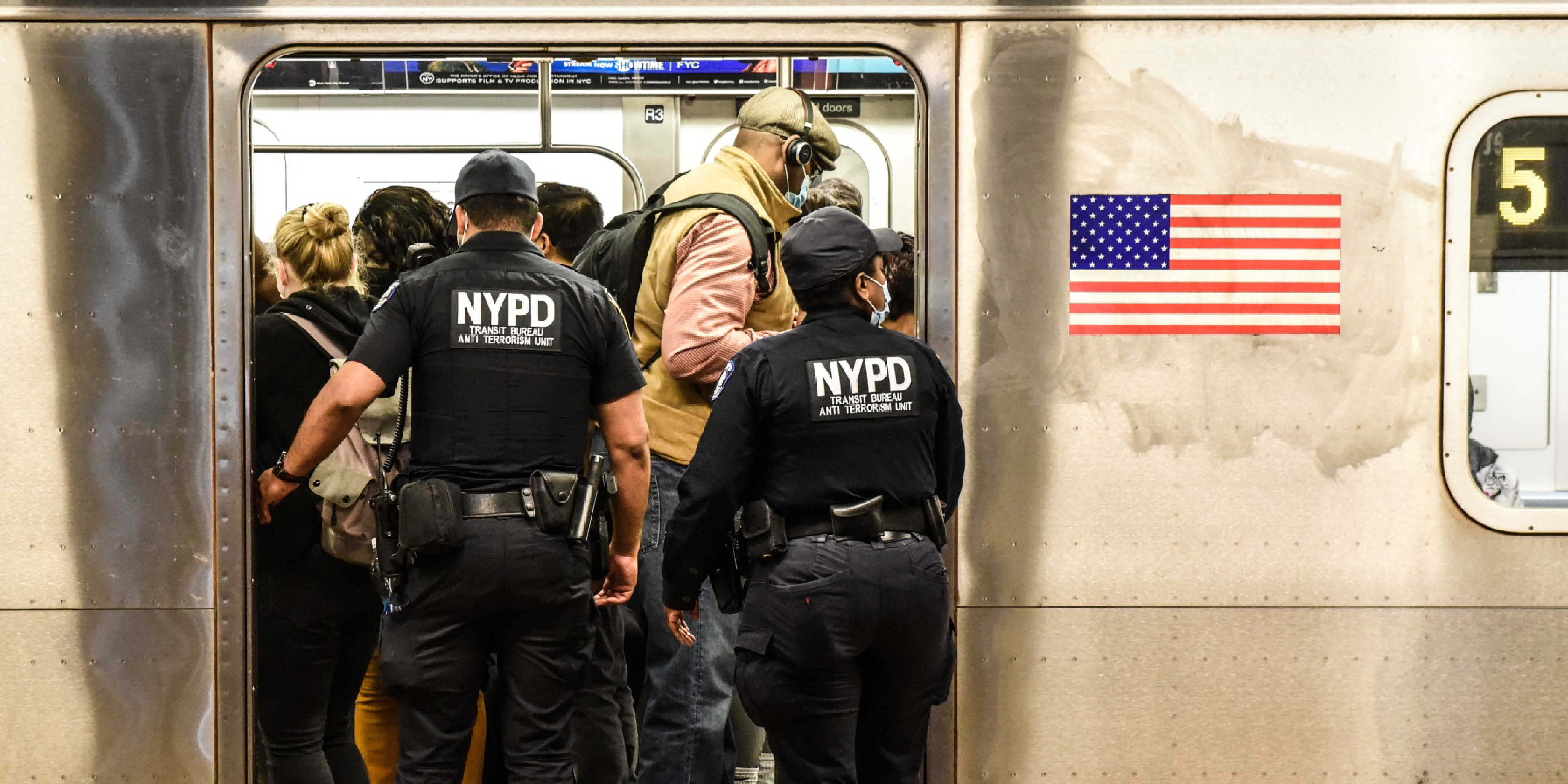In recent days, New York City has witnessed a string of unrelated random attacks, prompting law enforcement to delve deeper into the underlying factors behind these assaults. Among the latest incidents was the brutal assault of a 20-year-old man, who was struck over the head with an unidentified object concealed inside a plastic bag. Eyewitnesses recounted the harrowing scene, with one describing the victim bleeding profusely as he staggered along Seventh Avenue near 23rd Street in Chelsea.

Assault on Seventh Avenue
Surveillance footage captured the chilling moment when the victim was aggressively approached and assaulted, leaving him with a severe laceration to his head. The assailant, clad in a black sweater adorned with an American flag, swiftly fled the scene, adding to the mystery surrounding the attack.
Weekend Spate of Violence
This incident follows a weekend marked by disturbing acts of violence, including the stabbing of a 36-year-old tourist near Times Square. The victim, who was chaperoning a field trip with children, demonstrated remarkable courage by shielding the youngsters and instructing them to seek safety. Cyril Destin, the alleged perpetrator, was swiftly apprehended and charged, shedding light on his troubled history of homelessness and mental illness.
Impact on Victims and Community
The repercussions of these attacks extend beyond physical injuries, inflicting emotional trauma and instilling fear in both victims and the community at large. The husband of the Times Square stabbing victim expressed concern for public safety, emphasizing the urgent need to remove dangerous individuals from the streets to prevent further harm.
Variety of Attacks
The randomness of these assaults is further underscored by the diverse nature of the incidents, ranging from the slashing of an 11-year-old girl in East Harlem to the unprovoked punching of actor Steve Buscemi in Manhattan. These disturbing events highlight the unpredictable nature of urban life and underscore the imperative of addressing underlying societal issues contributing to such violence.
Exploring Root Causes
Former NYPD Commissioner Robert Boyce raises concerns about the mental health component underlying these attacks, emphasizing the need for proactive measures to identify and treat individuals with psychiatric disorders. Kendra’s Law, enacted in 1999 to mandate mental health treatment for those with a history of violence, faces scrutiny amid reports of delays and lapses in treatment, prompting calls for improved funding and support services.
Debating Solutions
While some advocate for expanded involuntary hospitalization measures to protect public safety, civil rights activists argue against coercive medical treatment without consent. Mayor Eric Adams has emphasized the intersection of mental health and crime, calling for proactive intervention to prevent a worsening public safety crisis.

Towards a Safer Future
As New York City grapples with the aftermath of these random attacks, there is a pressing need for collaborative efforts to address the underlying societal and mental health issues contributing to such incidents. By prioritizing early intervention, comprehensive support services, and proactive law enforcement measures, stakeholders can work together to create a safer and more resilient urban environment for all residents and visitors alike.
